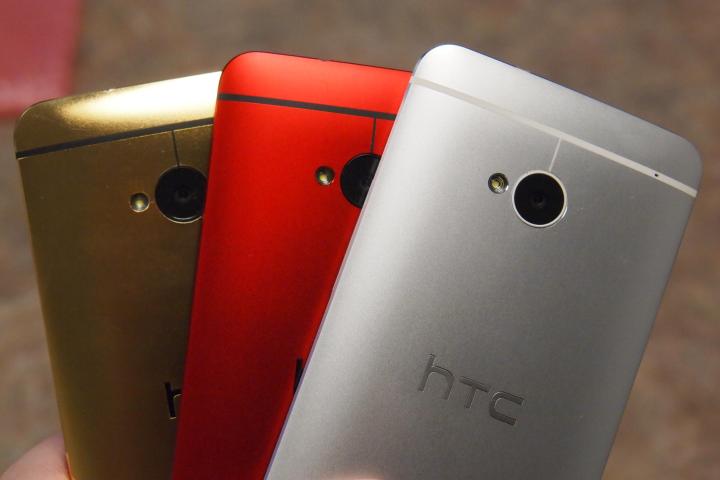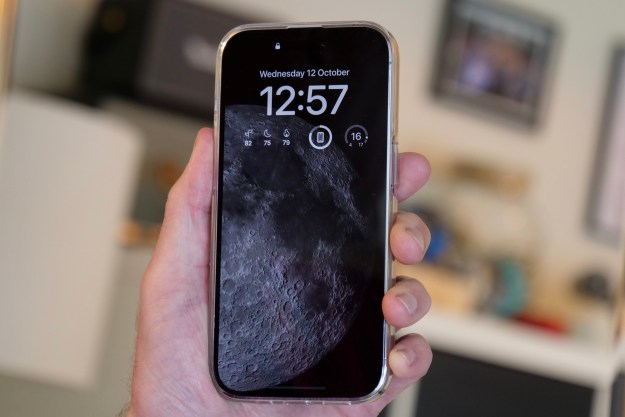
We all know the feeling of dread when a $600+ smartphone falls from our grasp onto the sidewalk, or any surface harsher than a pile of feathers. Once a phone’s screen has been cracked, you know you’re out of luck. It’s going to cost a bunch of money. Unless you have the new HTC Advantage program, that is.
Starting today, anyone who buys a brand new HTC One series device (such as the HTC One, One max, and One mini) gets an expanded warranty for six months from the date of purchase. The expanded warranty covers not just the usual “manufacturer defect” that we’re used to with limited warranties, but also one full screen replacement should your device fall prey to concrete floors. While HTC doesn’t guarantee your personal data through the warranty process (no one really does) at least it offers advanced replacement for just $29 – a steal when you consider the $150 deductible most insurance companies make you pay.
Along with this one-time screen replacement, HTC One series – including the One Mini and One Max – owners get a number of other perks like 25GB of free Google Drive cloud storage, guaranteed Android updates for two years, extra tech support, and free backup services. HTC claims it has a new “belief” in customer service. We’re happy, but wish it would have converted some years back.
We give HTC credit for trying to attract customers by being nice, especially considering how much it has struggled as Samsung swallowed up the market for the last two years. This program is a first for a warranty policy on accidental breakage with smartphones. Some companies have offered repair guarantees along with certain cases or services, and Apple is rumored to occasionally replace iPhones with broken screens for customers who ask really nicely, but nobody has publicly guaranteed a free screen replacement for six months as part of the warranty. Brag away, HTC. And then add another 1.5 years to that warranty, if you can.
Editors' Recommendations
- How to fix screen burn on your iPhone or Android phone
- Have Android 14? Here’s how to easily customize your lock screen
- We’ve never seen a phone with a screen like this before
- How to add widgets to your iPhone lock screen on iOS 16
- Apple vs. Samsung: Who has the best lock screen customization in 2022?


